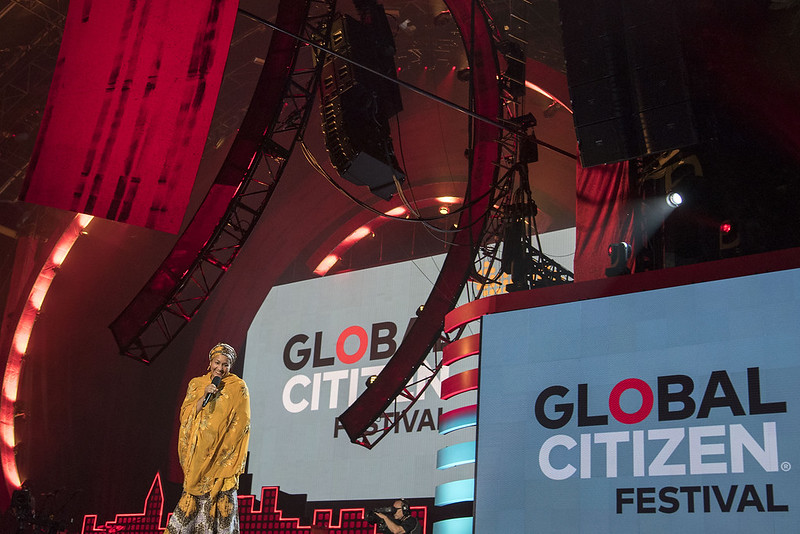 The 2022 Global Citizen Festival marked its 10th anniversary, featuring a unique dual concert held in both the United States (U.S.) and Ghana. Celebrating Ghana’s 65th anniversary of independence, the event showcased performances by renowned artists such as Mariah Carey, Metallica, the Jonas Brothers, Usher, Stormzy and SZA. This historic moment was a significant contribution to the global efforts against extreme poverty.
The 2022 Global Citizen Festival marked its 10th anniversary, featuring a unique dual concert held in both the United States (U.S.) and Ghana. Celebrating Ghana’s 65th anniversary of independence, the event showcased performances by renowned artists such as Mariah Carey, Metallica, the Jonas Brothers, Usher, Stormzy and SZA. This historic moment was a significant contribution to the global efforts against extreme poverty.
Festival Tickets
The festival’s ticketing system offers a unique approach to engage attendees in positive actions against poverty. “Global Citizen attendees can earn free tickets by signing petitions, taking quizzes, uploading videos and completing other tasks relative to the festival’s causes – ‘actions’ equate to entries in drawings for tickets,” Forbes explains. To participate, individuals can download the Global Citizen app, accumulate points and enter ticket drawings for a chance to claim two free tickets.
The Role of Performers
Liz Agbor-Tabi, the Vice President for global policy at Global Citizen spoke of the instrumental role of the A-list performers, “We believe that music is the universal language of humanity, and so through our unique model of pop and policy, we’re able to drive policy and advocacy. And we do that working with artists, with performing artists, visual artists, culinary artists, etcetera …It’s really a moment for the creatives to express through their artistic gifts and to be able to project five robust policy agendas.”
The absence of a paid fee for the artists who performed emphasizes the genuine and compassionate drive behind the festival and the aim of performances by such high-esteemed artists as a means to use their platform to simply spread the word on how the international community can tackle extreme poverty.
The Impact
The Global Citizen Festival in 2022 made a significant impact, hosting events in both New York City and Accra, raising a total of $2.4 billion. Notably, $440 million of this fund is dedicated exclusively to initiatives aimed at ending extreme poverty in Africa. During the festival, there were announcements about committing more than $800 million to combat extreme poverty. Additionally, as part of the seventh replenishment of the Global Fund to fight AIDS, Tuberculosis and Malaria, the European Commission and Canada pledged a substantial $1.6 billion to support these critical health initiatives.
The festival brought attention to pressing global concerns, including the impacts of COVID-19 and Russia’s actions in Ukraine, shedding light on their effects on poverty. According to the Global Citizen website, the event emphasized the need for leaders to urgently regain progress lost during the COVID-19 pandemic. It also addressed the ongoing crisis caused by Russia’s invasion of Ukraine, impacting both the Ukrainian people and exacerbating global hunger.
Moreover, the festival spotlighted the persistent issue of period poverty, affecting more than 500 million individuals who lack access to essential menstrual supplies and proper hygiene facilities. During the New York event, Global Citizen announced the launch of the Global Menstrual Equity Accelerator, aiming to tackle this widespread challenge.
Looking Ahead
The performers at the Global Citizen Festival 2022 used their platforms to educate and inspire people worldwide to address extreme poverty. The hope is that the results of the Global Citizen Festival 2023 will demonstrate an enhanced commitment from the international community to work toward putting an end to global poverty.
– Camryn Vodden
Photo: Flickr

 The Meltwater Entrepreneurial School of Technology (MEST) is launching its 2022 Express accelerator program for entry startup companies in Accra, Ghana. Many young innovators are participating in this program. MEST’s mission is to “focus on
The Meltwater Entrepreneurial School of Technology (MEST) is launching its 2022 Express accelerator program for entry startup companies in Accra, Ghana. Many young innovators are participating in this program. MEST’s mission is to “focus on 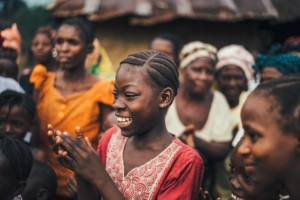 Technological innovation has always been an important determinant of economic growth. Now, renewable energy in Ghana is paving the way for a better nation. On May 25, 2022, the government of
Technological innovation has always been an important determinant of economic growth. Now, renewable energy in Ghana is paving the way for a better nation. On May 25, 2022, the government of 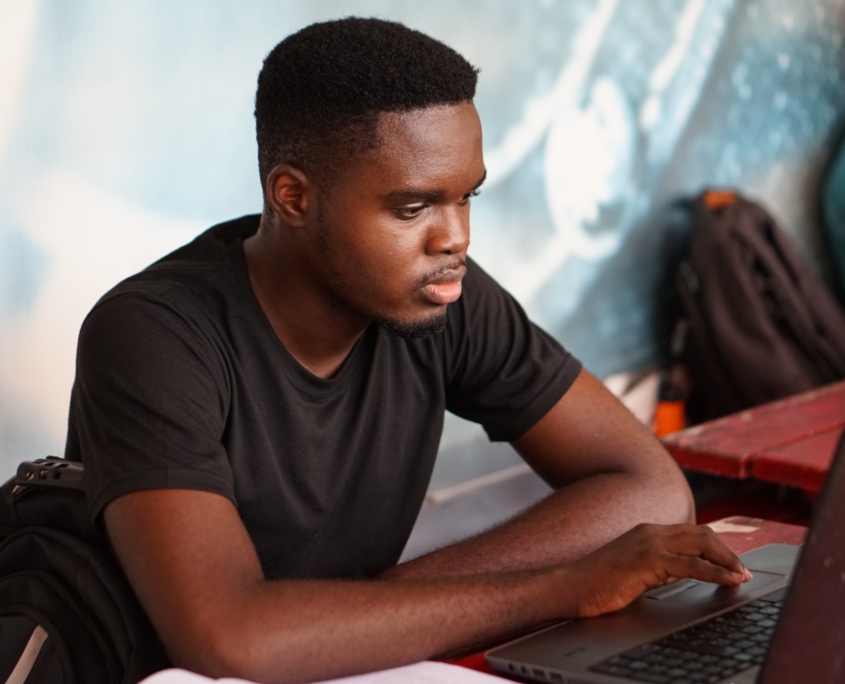 Previously, issues such as limited internet and bank access and informal home addresses
Previously, issues such as limited internet and bank access and informal home addresses  In Accra, Ghana, landfills of rotting garments flood dumpsites. The place is overwhelmed with the results of fast fashion that no longer serves a purpose—but to take up space. In 2018, the United Kingdom’s interest in fast fashion has resulted in as many as
In Accra, Ghana, landfills of rotting garments flood dumpsites. The place is overwhelmed with the results of fast fashion that no longer serves a purpose—but to take up space. In 2018, the United Kingdom’s interest in fast fashion has resulted in as many as 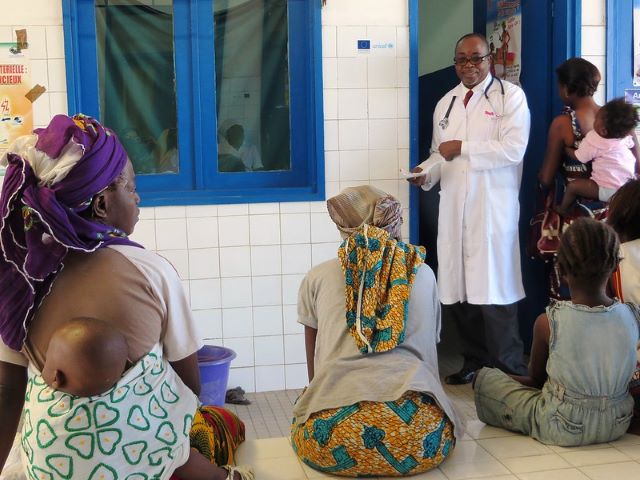 Charlette N’Guessan, a 26-year-old Ivorian and CEO of the BACE Group based in Ghana, is the first woman to win the United Kingdom’s Royal Academy of Engineering’s Africa Prize for Engineering Innovation. N’Guessan and her team earned £25,000 ($32,000) with the 2020 award for their
Charlette N’Guessan, a 26-year-old Ivorian and CEO of the BACE Group based in Ghana, is the first woman to win the United Kingdom’s Royal Academy of Engineering’s Africa Prize for Engineering Innovation. N’Guessan and her team earned £25,000 ($32,000) with the 2020 award for their  Ghana and Côte d’Ivoire are responsible for collecting around
Ghana and Côte d’Ivoire are responsible for collecting around  Ghana has a
Ghana has a  Some developing countries are using a forgotten testing method called pool testing to control COVID-19 spread. This method requires fewer tests, costs less and provides a quicker turnaround time than the traditional method of testing each person individually. This article will explain three main points about this form of testing:
Some developing countries are using a forgotten testing method called pool testing to control COVID-19 spread. This method requires fewer tests, costs less and provides a quicker turnaround time than the traditional method of testing each person individually. This article will explain three main points about this form of testing: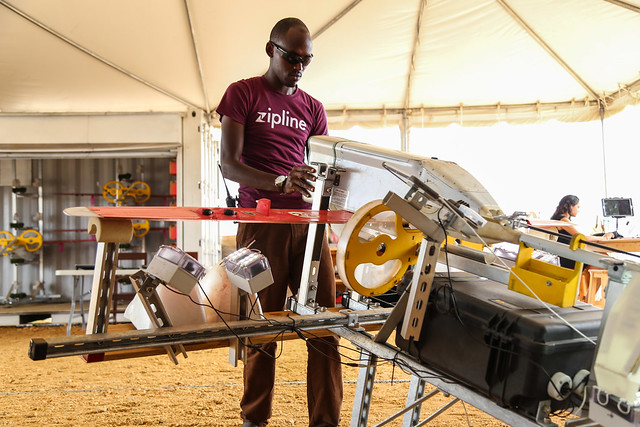 The mission of
The mission of